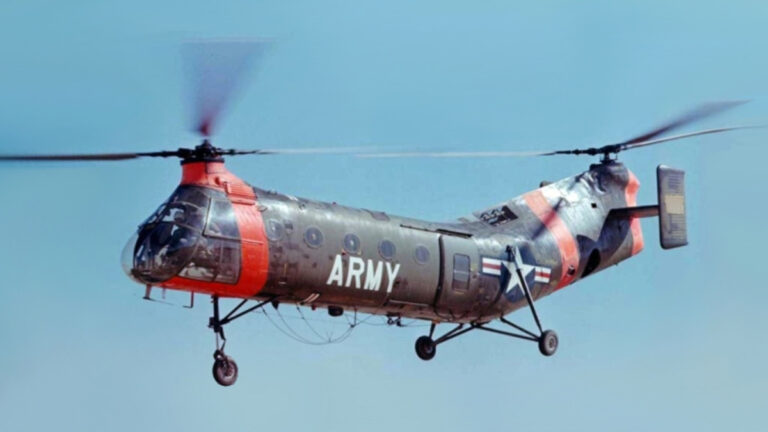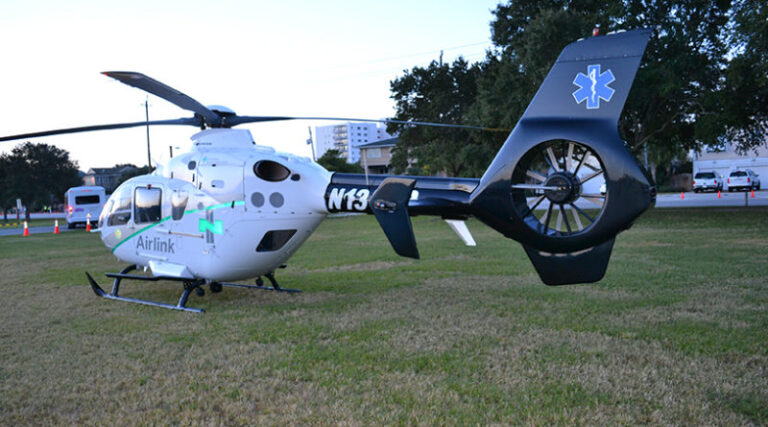Medevac Helicopters: Flying Ambulances in Modern Emergency Response
In this in-depth article, explore the transformative world of medevac helicopters, the life-saving fusion of medical care and aviation. Medevac helicopters stand as crucial lifelines, ensuring swift and vital medical assistance to those in urgent need, serving as aerial ambulances equipped with advanced medical amenities. Delve into the rich history and evolution of these helicopters, witnessing how they’ve adapted and modernized, incorporating cutting-edge technology and enhanced safety measures. Understand the operational aspects and distinct features that make medevac helicopters a cornerstone in emergency medical services, providing timely medical response and transport. Explore the economic ramifications, the cost-effectiveness, and the ethical and regulatory frameworks guiding their utilization. The article also sheds light on prominent providers and manufacturers, and offers a glimpse into the future, where innovations promise to refine their capabilities further. Additionally, find answers to common queries in our extensive Frequently Asked Questions section. Whether you’re an enthusiast, a professional, or simply curious, this article serves as your comprehensive guide to the multifaceted realm of medevac helicopters, providing a blend of clarity, conciseness, and engaging content.












